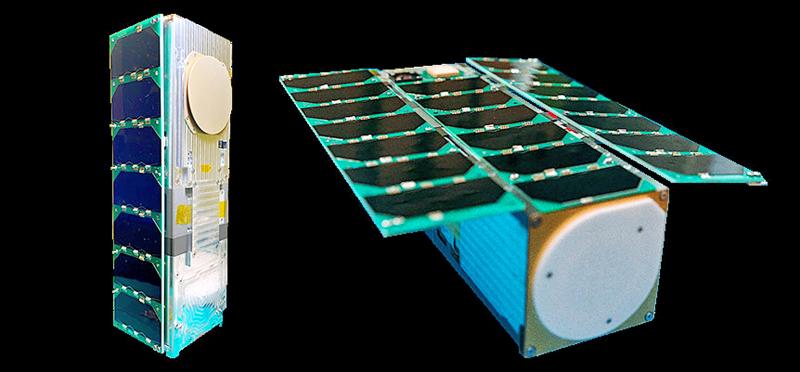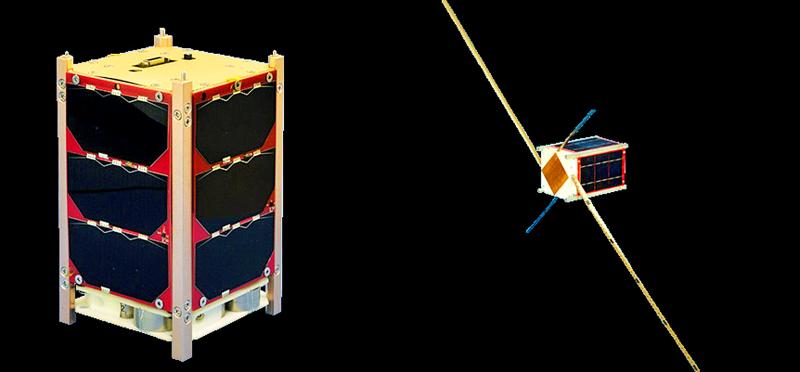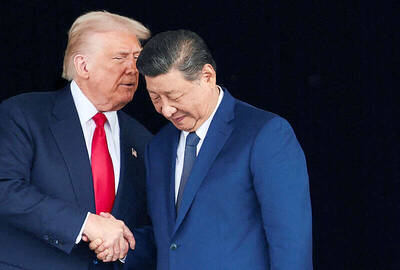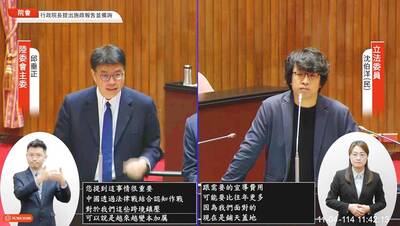The local research teams that developed two cubesats launched by a Space Exploration Technologies Corp’s (SpaceX) Falcon 9 rocket at 11pm on Sunday are dealing with signal reception problems at their ground stations.
The Transporter-1 mission launched 143 satellites — the most ever deployed on a single mission — from the Cape Canaveral Space Force Station in Florida, after being delayed three times due to technical problems or unfavorable weather.
Taiwan’s two cubesats are the YuSat, designed to monitor road and maritime traffic, and the Ionospheric Dynamics Explorer and Attitude Subsystem Satellite (IDEASSat), designed for ionospheric observation.

Photo courtesy of the National Space Organization
By noon yesterday, the two teams had not succeeded in communicating with the cubesats from the ground stations at the National Space Organization (NSPO), National Central University (NCU) and National Taiwan Ocean University (NTOU).
However, some overseas amateur radio operators did receive signals transmitted by the two cubesats with corresponding signal frequencies, intervals and coordinates, said NCU Department of Space Science and Engineering professor Loren Chang (張起維), who oversees the IDEASSat project.
That shows the two cubesats are operating, Chang said, adding that researchers would continue to work on solving the signal reception problems.

Photo courtesy of the National Space Organization
The NSPO and the teams were yesterday planning to communicate with the cubesats at about 8:30pm as they passed above Taiwan again, the Ministry of Science and Technology said in a news release yesterday afternoon.
While the cubesats are at their designated orbit of 525km above the Earth, it would take some time for them to rotate to their correct orientation, said NTOU associate professor Kao Sheng-long (高聖龍), who oversees the YuSat project.
Kao said that it might take another week or even a month to sort out the signal reception problem, but he is not that worried, because it is a normal phenomenon of scientific research and development.
Despite the small setback, the successful launch has been a boost for NCU teachers and students, who gathered at the school on Saturday and Sunday night to watch a livestream of the launch.
NCU first-year students surnamed Wang (王) and Lai (賴) on Sunday said that they were excited to join senior students and teachers in watching the launch, adding that they have to improve their knowledge of physics, calculus and system engineering if they want to be involved in satellite development.

‘SECRETS’: While saying China would not attack during his presidency, Donald Trump declined to say how Washington would respond if Beijing were to take military action US President Donald Trump said that China would not take military action against Taiwan while he is president, as the Chinese leaders “know the consequences.” Trump made the statement during an interview on CBS’ 60 Minutes program that aired on Sunday, a few days after his meeting with Chinese President Xi Jinping (習近平) in South Korea. “He [Xi] has openly said, and his people have openly said at meetings, ‘we would never do anything while President Trump is president,’ because they know the consequences,” Trump said in the interview. However, he repeatedly declined to say exactly how Washington would respond in

Japanese Prime Minister Sanae Takaichi said yesterday that China using armed force against Taiwan could constitute a "survival-threatening situation" for Japan, allowing the country to mobilize the Japanese armed forces under its security laws. Takaichi made the remarks during a parliamentary session yesterday while responding to a question about whether a "Taiwan contingency" involving a Chinese naval blockade would qualify as a "survival-threatening situation" for Japan, according to a report by Japan’s Asahi Shimbun. "If warships are used and other armed actions are involved, I believe this could constitute a survival- threatening

WARFARE: All sectors of society should recognize, unite, and collectively resist and condemn Beijing’s cross-border suppression, MAC Minister Chiu Chui-cheng said The number of Taiwanese detained because of legal affairs by Chinese authorities has tripled this year, as Beijing intensified its intimidation and division of Taiwanese by combining lawfare and cognitive warfare, the Mainland Affairs Council (MAC) said yesterday. MAC Minister Chiu Chui-cheng (邱垂正) made the statement in response to questions by Democratic Progressive Party (DPP) Legislator Puma Shen (沈柏洋) about the government’s response to counter Chinese public opinion warfare, lawfare and psychological warfare. Shen said he is also being investigated by China for promoting “Taiwanese independence.” He was referring to a report published on Tuesday last week by China’s state-run Xinhua news agency,

‘ADDITIONAL CONDITION’: Taiwan will work with like-minded countries to protect its right to participate in next year’s meeting, the foreign ministry said The US will “continue to press China for security arrangements and protocols that safeguard all participants when attending APEC meetings in China,” a US Department of State spokesperson said yesterday, after Beijing suggested that members must adhere to its “one China principle” to participate. “The United States insists on the full and equal participation of all APEC member economies — including Taiwan — consistent with APEC’s guidelines, rules and established practice, as affirmed by China in its offer to host in 2026,” the unnamed spokesperson said in response to media queries about China putting a “one China” principle condition on Taiwan’s